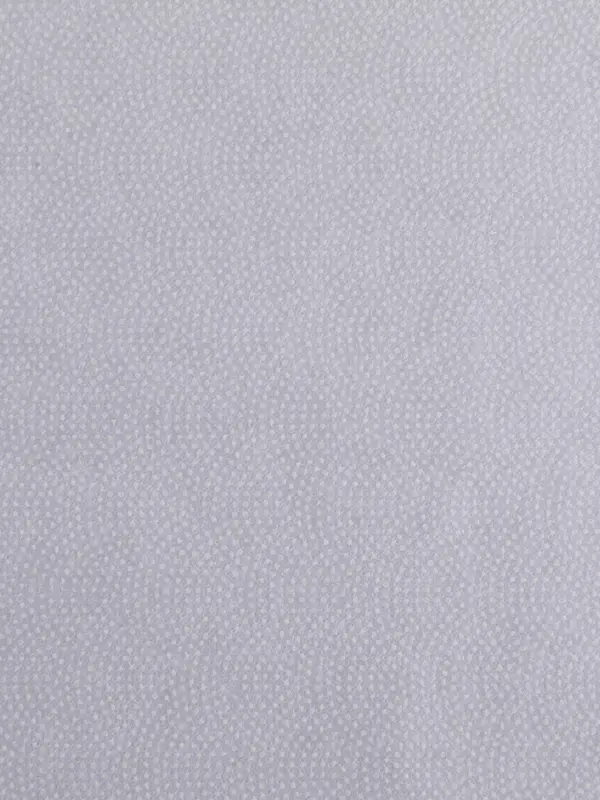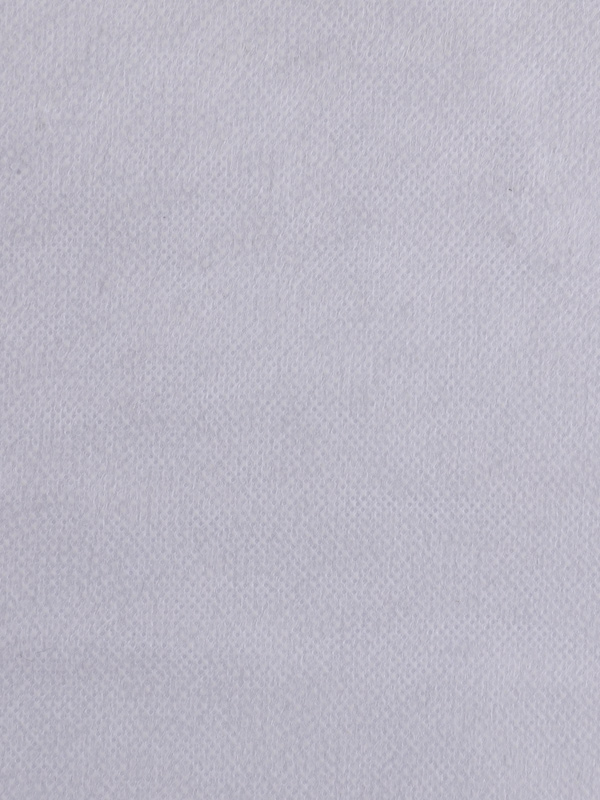As an important adhesive material,
Hot melt adhesive web plays an indispensable role in various production and processing processes. The quality of its bonding effect is directly related to the quality and service life of the product. However, the influence of the thickness of the hot melt adhesive network on the bonding strength is often ignored. In fact, the thickness of the Hot melt adhesive web is one of the key factors affecting its bonding effect.
We looked at thin Hot melt adhesive web. A Hot melt adhesive web that is too thin may not fully penetrate the material to be bonded, resulting in poor bonding results. During the bonding process, the hot melt adhesive network needs to form a tight bond with the surface of the material to be bonded through its own melting and flow. If the Hot melt adhesive web is too thin, its fluidity after melting may be limited and it cannot fully cover the surface of the material to be bonded, causing problems such as weak bonding and easy falling off.
Hot melt adhesive web that is too thick is also not the best choice. Although a thick Hot melt adhesive web may have stronger bonding power, it may also affect the bonding effect due to excessive penetration. During the melting process, an excessively thick hot melt adhesive network may excessively penetrate into the interior of the bonded material, causing the bonding interface to become blurred, and may even damage the structure of the bonded material. In addition, an excessively thick Hot melt adhesive web may increase production costs and reduce production efficiency.
When choosing Hot melt adhesive web, we need to determine the appropriate thickness based on specific application scenarios and needs. For application scenarios that require higher bonding strength, you can choose a slightly thicker Hot melt adhesive web to ensure that it can fully penetrate into the material being bonded and form a strong bond. For some scenes that do not require high bonding strength, you can choose a thinner Hot melt adhesive web to reduce costs and improve production efficiency.
We also need to pay attention to other factors such as the material and melting point of the Hot melt adhesive web, which will also affect the bonding effect. When selecting a Hot melt adhesive web, various factors need to be considered to ensure that it can meet the needs of the actual application.
The thickness of the Hot melt adhesive web has an important impact on the bonding strength. When selecting Hot melt adhesive web, we need to determine the appropriate thickness based on specific application scenarios and needs, and consider other factors to ensure excellent bonding effects. Only in this way can we give full play to the role of Hot melt adhesive web in various production and processing processes and improve product quality and service life.









